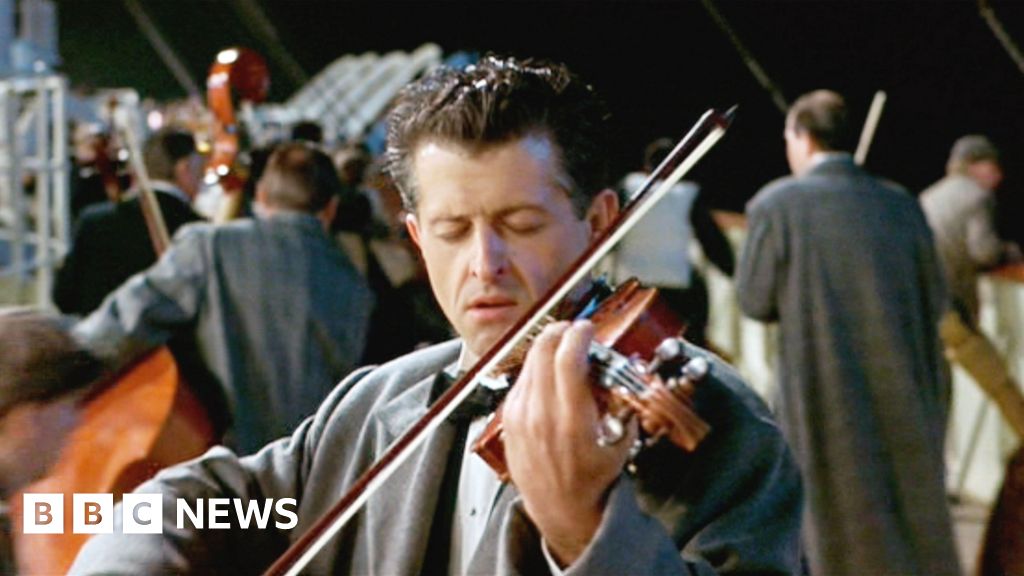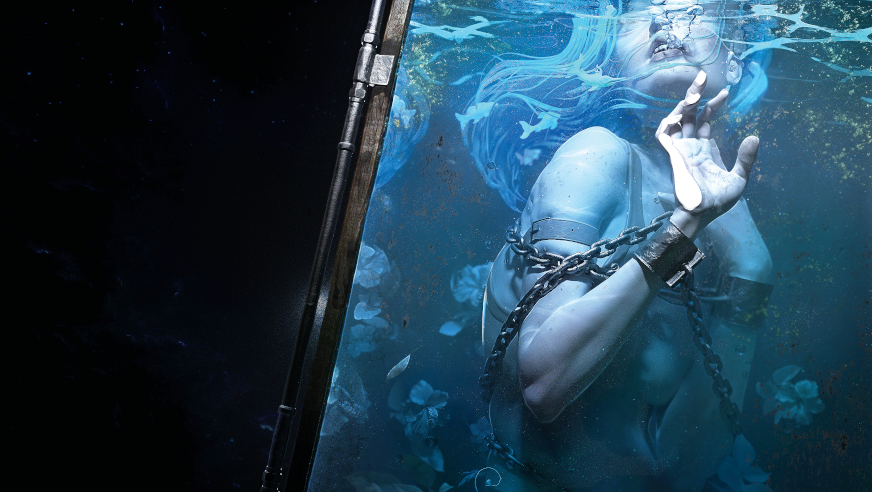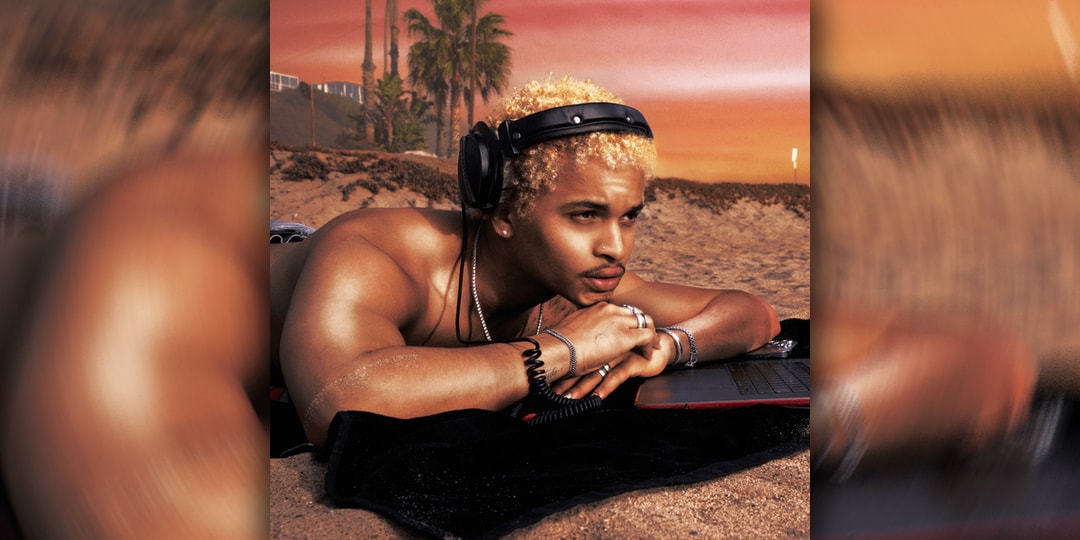Remembering Bruce Logan: A Visionary Cinematographer and Effects Artist

Bruce Logan, a highly regarded English cinematographer and visual effects artist, known for his groundbreaking work on iconic Hollywood films such as Star Wars: A New Hope, has passed away at the age of 78. His death occurred on April 10, following a brief illness, as confirmed by his wife, Mariana Campos-Logan, in a heartfelt statement to the Hollywood Reporter.
Logan's daughter, Mary, took to Instagram last week to share a touching tribute, describing her father as a rebel with a camera, a pioneer with a story, and my personal hero. She beautifully encapsulated his legacy, stating, He was a visionary cinematographer, director, and visual effects pioneer. My dad didnt just work on movieshe made magic. This personal remembrance highlights not only his professional achievements but also the deep, personal impact he had on those closest to him.
Born on May 15, 1946, Logan's passion for filmmaking ignited at the tender age of 14, when he began creating animated films. By the time he reached 19, he transitioned into the realm of visual effects, which would define much of his illustrious career. Reflecting on his early influences, Logan credited his father, Campbell, a director known for several classical dramas with the BBC, for imparting essential skills to him. Logan recalled, My father taught me how to employ a split-screen, my first-ever special effect. He emphasized the importance of visual storytelling, stating, Every frame of a film should be a perfect picture, a principle that would guide his work throughout his life.
In a twist of fate, it was Stanley Kubrick who gave Logan his first official screen credit. At just 19 years old, Logan was recruited as a visual effects artist for the groundbreaking film 2001: A Space Odyssey, where he worked under the supervision of the legendary VFX supervisor Doug Trumbull. Over the span of his impressive 50-year career, Logan contributed visual effects to a multitude of renowned films including Batman Forever, Airplane!, and, of course, Star Wars, where he played a crucial role as part of the second unit team that filmed the iconic explosion of the Death Star.
Remarkably, Logan's influence extended beyond his credited films; his work on the unreleased film Zabriskie Point found its way into the opening titles of Ridley Scotts acclaimed sci-fi film Blade Runner. In addition to his visual effects work, Logan ventured into cinematography with notable projects such as the original Tron and The Incredible Shrinking Woman, as well as directing music videos for pop icons like Prince and Madonna. He also explored directing himself, with his 1986 film Vendetta.
Logan is survived by his wife, daughter Mary, and another child, Campbell, whose lives he touched deeply. His passing marks the loss of a true pioneer in the world of visual storytelling and a beloved figure in the film industry.


























